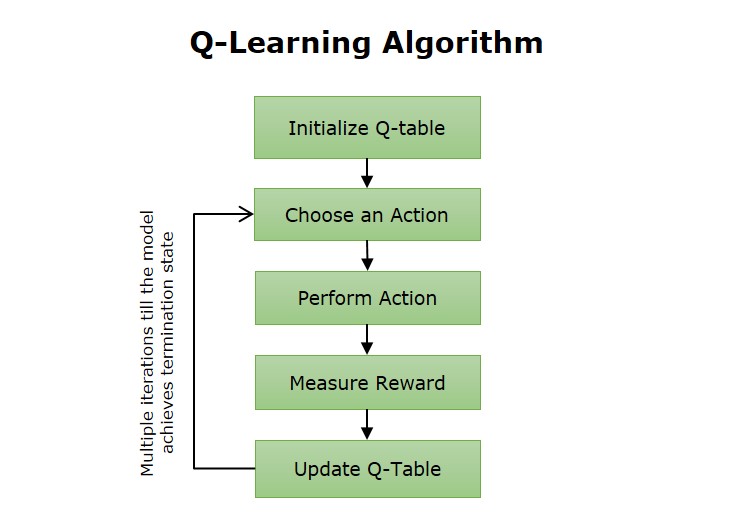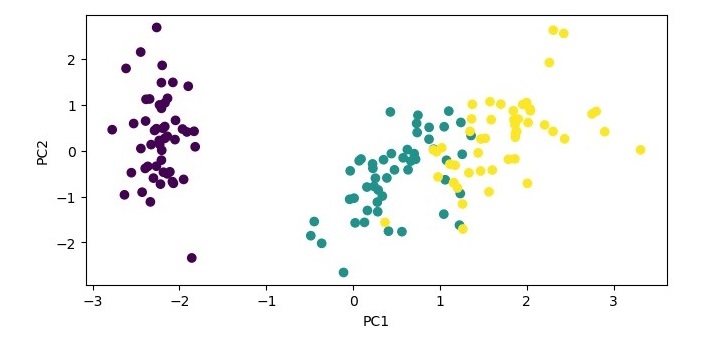The Monte Carlo method for reinforcement learning learns directly from the episodes of experiences gained during the interaction with the environment without any prior knowledge of Markov Decision Process(MDP) transitions.
What are Monte Carlo Methods?
In reinforcement learning, Monte Carlo methods are a family of algorithms used to estimate the value of states, actions, or state-action combinations derived from real experiences or sampled trajectories. The main concept of Monte Carlo methods is to utilize repeated random sampling to calculate numerical estimates for values that are difficult to determine analytically.
Key Concepts in Monte Carlo Methods
Some of the key terminologies used in Monte Carlo methods are defined below −
- Episode − This defines the sequence of states, actions, and rewards from the beginning to the terminating state (until the time limit).
- Return (G_t) − The total accumulated reward from the time step ton ward’s in an episode.
- Value Function (V) − A function predicts the expected rewards for a specific state or state-action pair.
Monte Carlo Policy Evaluation
Monte Carlo Methods calculate the value of a state or actions by averaging the return from multiple episodes. The fundamental process involves simulating one or more episodes and employing the results to update the value function.
For a given state of s, the Monte Carlo Estimate for the state value V(s) is given by −
V(s)=1N∑i=1NGi
Where,
- i is the episode index.
- s is index of state.
- N is the number of episodes in which the state s is visited.
- Gi is the sum of discounted rewards observed from the i-th episode where state s is visited.
For every episode, there will be a sequence of states and rewards. From these rewards, we can calculate the return by definition, which is just the sum of all future rewards.
Step-by-step Process for Estimation
Following is the description on the step-by-step process for the Monte Carlo method −
- Create an episode − The agent engages with the environment according to its policy, producing a series is states, actions, and rewards.
- Determine the return − For every state (or state-action pair), compute the overall return (total rewards) from that point onward.
- Revise the value assessment − Revise the value function by calculating the average of the recorded rewards for each state.
Off-Policy and On-Policy Methods
In Monte Carlo methods, we can differentiate between on-policy and off-policy methods by considering if the policy employed to create episodes matches the policy undergoing enhancement.
On-policy methods
The policy employed to create episodes is identical to the policy that is currently being assessed. This shows that the agent is acquiring knowledge from the experiences produced by its own actions according to the existing policy.
For example, First-Visit Monte Carlo, the first time a state engages with an episode and its reward is used to update the value estimate.
Off-Policy methods
The policy used to generate episodes can be different from the policy being improved. This allows the agent to learn from trajectories generated by any policy, not necessarily the one it is trying to optimize.
For example, Sampling can be used to adjust the updates to the value function when episodes are generated under a behavior policy that is different from the target policy.
Monte Carlo Control
Monte Carlo control algorithms aim to estimate the value function and, additionally, improve the policy iteratively. This is primarily done using methods like −
- Monte Carlo Exploration − One of the common challenges in reinforcement learning is to maintain the right balance between exploration and exploitation. Monte Carlo techniques employ an exploration approach like epsilon-greedy or SoftMax to promote exploration during the process of learning from the gathered experience.
- Monte Carlo Control − The main idea is to improve the policy by improving the action-value function Q(s, a), which represents the expected reward from state s following action a.
Monte Carlo Control Algorithm
Following is the algorithm of Monte Carlo control −
- Initialize Q(s,a) value for all state-action pairs and π(s) – policy.
- For each episode, follow policy π to generate a state-reward-action sequence.
- Calculate the return Gt for each state-action pair (s,a) in the episode.
- Update Q(s,a) using the average of the return Gt for each state-action pair −Q(s,a)=Q(s,a)+α(Gt−Q(s,a))
- Improve the policy π(s) by choosing the action a to minimize Q(s,a).
The process is repeated iteratively till the policy improves and converges to an optimal policy.
Applications of Monte Carlo Methods
Monte Carlo methods are widely used in various reinforcement learning scenarios especially in environments that are unclear and require the agent to depend on experience instead of a model. Some of the applications include −
- Games − Monte Carlo techniques can be used for designing board games like chess, card games, and various other games that require strategic decision-making.
- Robotics − Monte Carlo techniques assist agents in robotics to develop navigation, manipulation, and other task policies by exploring their surroundings and gaining insights from real-world interactions.
- Financial Modeling − Monte Carlo techniques can be used to stimulate stock prices, determine option values, and optimize portfolios, especially when conventional methods may struggle because of the complexity of financial markets.
Limitations of Monte Carlo Methods
Certain limitations of Monte Carlo methods that have to be addressed are −
- High Variance − It can exhibit high variance in estimates since outcomes from different episodes might vary, especially with fewer episodes.
- Inefficiency with long episodes − It is less efficient with long episodes or postponed rewards, as it needs to wait until an episode concludes to adjust values.
- Lack of Bootstrap − Unlike alternative techniques, it does not bootstrap (revise estimates using other estimates), which slows down the learning process in extensive state spaces.




